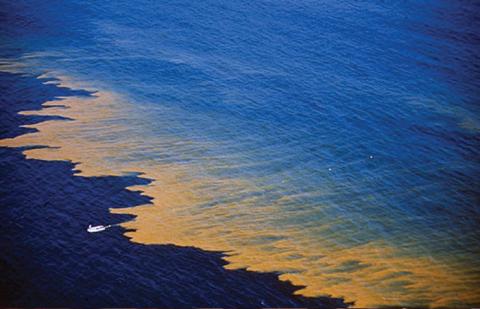
A Laboratory Under the Sea
A new instrument that can provide early warnings of harmful algal blooms (HABs) and other toxic organisms in the ocean has successfully passed its first long-term test at sea.
The revolutionary instruments, called Environmental Sample Processors, or ESPs, are molecular biology labs packed inside canisters the size of kitchen trash cans.
Mounted on moorings, they sample seawater, filter out cells, and break them apart to release their DNA and telltale chemicals.
They rapidly analyze the DNA and specific chemicals at sea to identify and count cells living in the ocean. Then they transmit the information in real time to scientists ashore, said Don Anderson, a senior scientist at Woods Hole Oceanographic Institution (WHOI).
WHOI researchers deployed two ESPs in New England waters in the spring of 2013, and the samplers provided a continuous stream of data until they were retrieved in July.
That spanned the bloom season of Alexandrium fundyense, single-celled algae that produce toxins that cause paralytic shellfish poisoning.
The ESPs also autonomously detected and measured concentrations of Pseudo-nitzschia, a diatom responsible for amnesic shellfish poisoning.
The further good news was that the populations of neither of these organisms rose to harmful levels this year.
